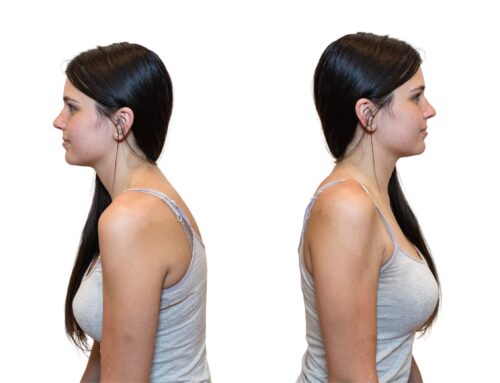Joint degeneration. Everyone, everyone- either has it or can expect to have it. Just as important as what arthritis is; what do we think of arthritis and what do we think and expect of ourselves as the years pass?
There are many ways to end up with damaged joints.
Trauma from an accident or injury is often overlooked as causes of lasting damage to our joints. Long after the pain of an injury is gone, the joint damage can be the lingering price we pay for not getting rehabilitated fully. The many conditions that we call arthritis all have a common thread- they leave you with damaged joints.
The four pillars of human functionality are strength, cardiopulmonary capacity, range of motion and neuromotor organization (balance and skillset). Aside from the obvious matter of pain, failure to maintain our joint function and wellness insures you will lose those last two- motion and balance, which becomes the point of no return for the aging person in terms of function and self-sufficiency.
So, what can you do? Is there some understanding that might position you to change what seems inevitable? Let’s look at it. We also created a short video to introduce this idea—watch it
here before diving deeper into the details below.
What is Arthritis?
There are many disorders that leave us with damage to our joints. The arthridities fall into two groups. Osteoarthritis (degenerative), and everything else. [1] This means some important things to us as clinicians as well as patients. All of the non-degenerative arthridities (barring trauma) represent pathologies wherein our joints are being damaged by disease processes. Often described as sero-positive (shows up on blood tests), autoimmune or inflammatory arthritis; all of these together are far less common and less likely to be the cause of your problem than osteoarthritis. Many of the non-degenerative arthritis disorders involve more than the joints and can be serious, making clinical evaluation very important. It should be noted that many of the autoimmune arthritis disorders occur as episodes of inflammation with resultant accelerated degeneration and, between episodes is to be managed with the same principles that manage degenerative arthritis.
Understanding our Joints and Arthritis
Your body is a collection of trillions of cells, yet no cell is more than one cell away from a capillary, allowing the cells to thrive in the life-stream of blood flow bringing nourishment and oxygen and taking away waste. Except for the cartilage of your joints[2]. The joints of the body are special places, the ends of two bones coming together, capped and wrapped in collagenous tissue and sealed, depending on an internal (and slow) respiratory process. A process that is driven by motion. A joint that isn’t moving isn’t breathing. The details change for the different joint types, but this is essentially true for joint metabolism generally. Joint wellness demands deliberate,
regular joint movement.Why does Joint Health go so Poorly for Almost Everyone?
Degenerative joint disease exhibits the hallmark of all of the degenerative disorders that are the bane of health in Western Civilization- it is a disorder with insidious onset which usually manifests symptoms only in its late stages. Think about things like diabetes, coronary artery disease, hypertension- these things develop in your body slowly and you don’t notice it until it is an entrenched disorder. Degenerative joint disease is the same way. For the most part, these are conditions that are really the result of your body having done its best with a bad situation. To further complicate matters, you have many joints capable of some complicated ranges of motion. Even further, we all have a cerebellum that finds a way to keep us functional as we lose range and capacity.
The cerebellum keeps defining a new “normal”, incorporating our deficiencies. In a real sense, the disorder becomes us, and we become it.
There is no spoon
In the interest of arriving at good outcomes with arthritis, it becomes useful to not just project idealized results, but to also anticipate the considerations that are likely to frustrate our success. Of course, we have to start somewhere. As a Chiropractor, I’m going to start with your joints. If a Chiropractor is going to help you it’s because an
adjustment is going to help you. If I adjust you, will you
stay adjusted? If not, then why? True Confessions time- an adjustment alone is only going to be a lasting intervention for only a small percentage of patients. A joint can never move normally if the
musculature and tissue around the joint are functionally normal and well. Even with this, we don’t continue in our articular/muscular success without some cerebellar help- arriving at more normalized organization. Adjustments alone help, but it doesn’t last. Muscle/tissue work helps, but it doesn’t last. Corrective patterning efforts help, but it doesn’t last. Because effectively-
in vivo– there is no muscle. There is no joint. There is no cerebellar organization. None of these things exist without the other.
There is no spoon. Without grasping this, you cannot control the inevitable.
After the injury, the overuse, the abuse, your body will begin to heal. Degenerative joint disease can really be described as your body’s healing process having gone wrong. You don’t need care to heal. Everyone heals. You need care to see that you heal well.
If you would like to find out if we can help, reach out to us at Grovetown Chiropractic.


